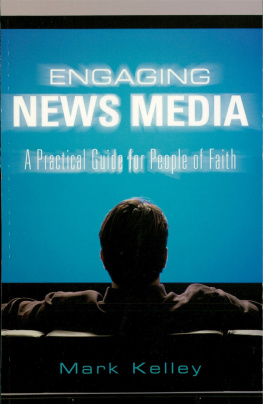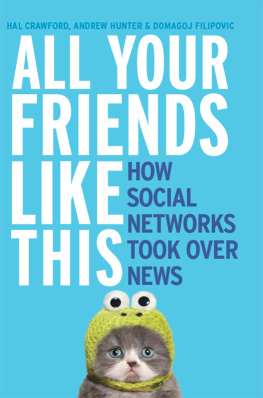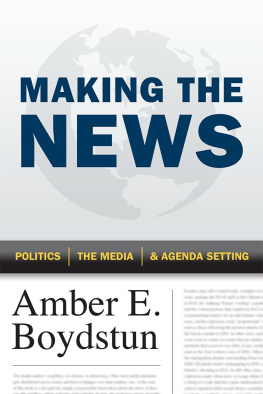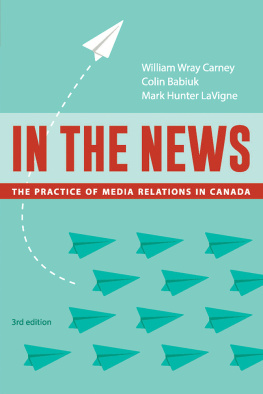Chris Urquhart - Making News: The Ultimate Guide to Handling the Media
Here you can read online Chris Urquhart - Making News: The Ultimate Guide to Handling the Media full text of the book (entire story) in english for free. Download pdf and epub, get meaning, cover and reviews about this ebook. year: 2021, publisher: Immediate Communications, genre: Home and family. Description of the work, (preface) as well as reviews are available. Best literature library LitArk.com created for fans of good reading and offers a wide selection of genres:
Romance novel
Science fiction
Adventure
Detective
Science
History
Home and family
Prose
Art
Politics
Computer
Non-fiction
Religion
Business
Children
Humor
Choose a favorite category and find really read worthwhile books. Enjoy immersion in the world of imagination, feel the emotions of the characters or learn something new for yourself, make an fascinating discovery.

- Book:Making News: The Ultimate Guide to Handling the Media
- Author:
- Publisher:Immediate Communications
- Genre:
- Year:2021
- Rating:3 / 5
- Favourites:Add to favourites
- Your mark:
Making News: The Ultimate Guide to Handling the Media: summary, description and annotation
We offer to read an annotation, description, summary or preface (depends on what the author of the book "Making News: The Ultimate Guide to Handling the Media" wrote himself). If you haven't found the necessary information about the book — write in the comments, we will try to find it.
Making News: The Ultimate Guide to Handling the Media is a vital media training resource for executives, leaders and spokespeople.
Making News draws on Chris Urquharts vast experience as a journalist and media trainer to help give you the confidence you need to shine as a spokesperson.
Making News helps you understand how journalists work, learn about different styles of interviews, set goals and choose key messages, cope with difficult questions, improve delivery and presentation and get strategies to remain calm and relaxed, even when under the bright lights of a tough media interview. The book covers preparation for television, radio, print and online interviews, and includes an easy, five-step plan to prepare for any media interview.
Making News also includes case studies of real interviews with world leaders, politicians, sportspeople and entertainers so you can learn the mistakes to avoid on the way to delivering a successful interview.
Chris Urquhart: author's other books
Who wrote Making News: The Ultimate Guide to Handling the Media? Find out the surname, the name of the author of the book and a list of all author's works by series.






